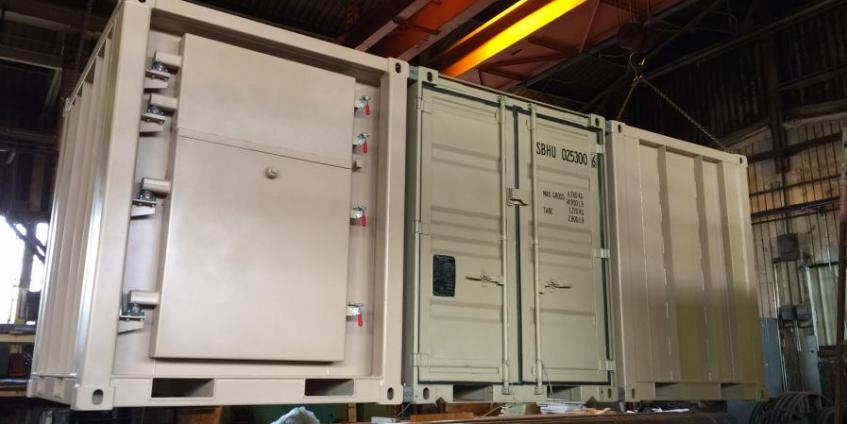BAE Systems Boosts Railgun Efforts with Acquisition of IAP Research
In an effort to accelerate progress on the electromagnetic railgun development, BAE Systems announced the acquisition of Ohio-based IAP Research. Prior to the acquisition, IAP Research was a major BAE Systems subcontractor on the U.S. Navy-led development of an electromagnetic (EM) railgun. The Dayton team, which is part of BAE’s weapons systems business, has more











